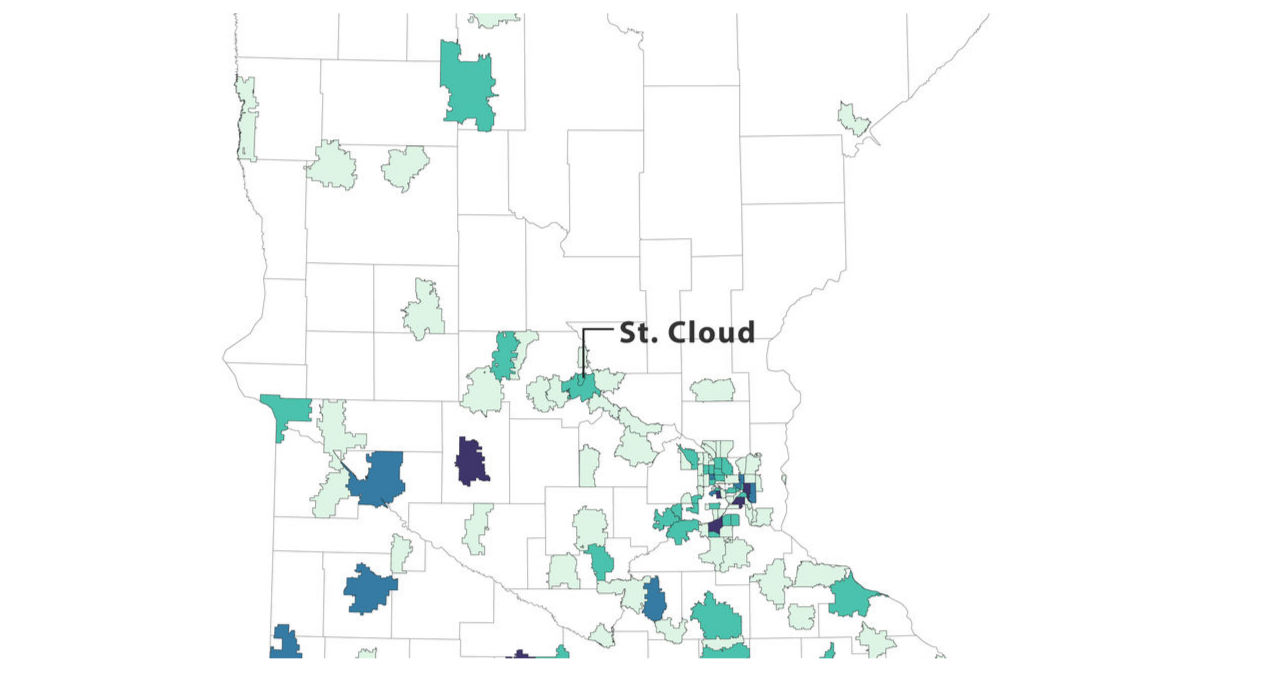In 2016, a photograph of workers in a pork processing plant was taken, courtesy of the U.S. General Accountability Office.
According to data released by the New York Times, over 4,700 unaccompanied minor migrants have been released into Minnesota since 2015, as reported by the U.S. Health and Human Services.
The majority of these individuals originate from Central and South American countries. In the wake of the pandemic, which brought about severe economic downturns in the region and a labor shortage in the United States, their numbers have surged. Consequently, numerous families and their children have embarked on perilous journeys to the United States, driven by the hope of finding better economic prospects. Additionally, the Biden administration’s efforts to undo certain restrictive policies implemented during the Trump administration may have influenced this trend.
The journey poses a particularly high risk for children. In Minnesota, approximately 50% of the children who make it there are entrusted to the care of immediate family members such as siblings, uncles, and grandparents. Another 40% are reunited with their parents, according to the data.
Advocates argue that approximately 10% of minors end up living with unrelated adults or distant relatives, a situation that can potentially lead to abuse and exploitation.
Child labor violations are a cause for concern, particularly when it comes to migrant children. According to a report by The New York Times, these children are often found living with unrelated adults in agricultural and manufacturing centers across the country. This suggests that they are actively looking for work to support their families back home.
Recent months have seen a surge in headlines highlighting the concerning issue of child labor law violations, particularly involving immigrant children, in hazardous job environments.
In Minnesota, the data aligns with the national trends. Worthington, in particular, stands out as a location with a high concentration of migrant children living with unrelated adults. It is noteworthy that JBS Foods, a company operating a slaughterhouse in Worthington, had at least 22 underage children working overnight shifts to clean the facility. This exploitation of underage labor is not limited to Worthington, as the same janitorial company also sent underage workers to plants in St. Cloud and Austin, which are also highlighted on the map.
There are other communities that also have a significant number of migrant children living with unrelated adults.
Several zip codes in the Twin Cities area also rank highly on the list. It is uncertain whether this is attributed to the presence of certain employers or simply the significant immigrant population in the metro.
The information available does not provide the names of the children or their sponsors, nor does it offer specific details regarding their work or school status. It is possible that some children find themselves in communities like Worthington due to the significant presence of adult migrants in local businesses, resulting in the formation of robust social networks.



